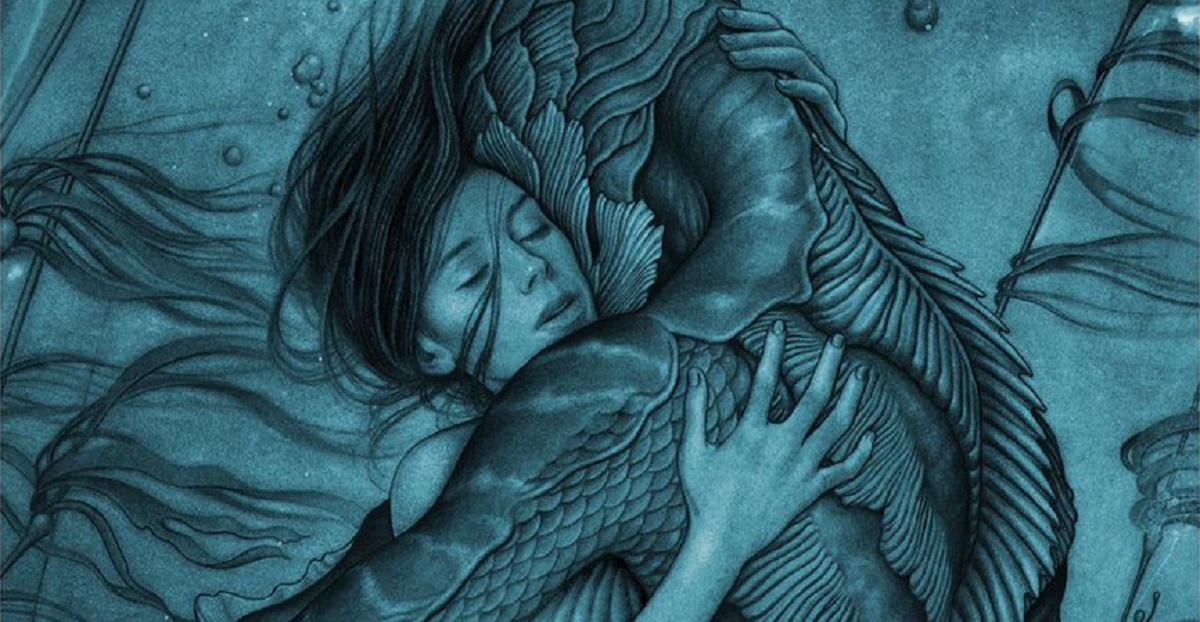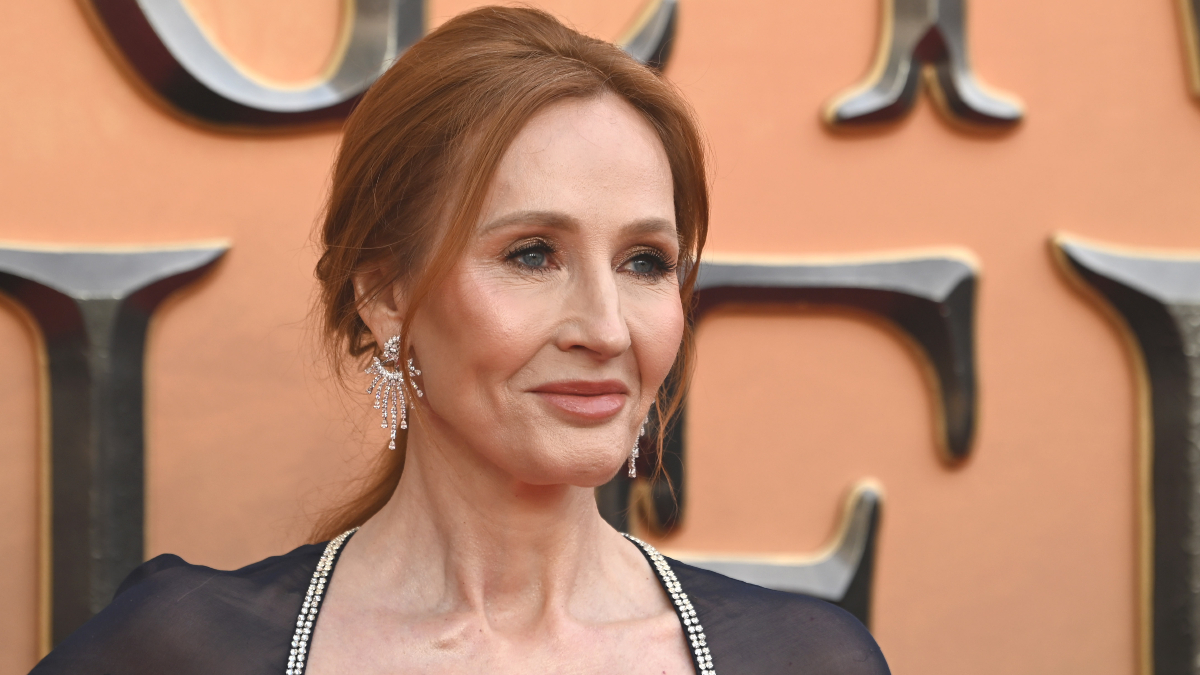Inspired by the success of Guillermo del Toro’s The Shape of Water—a movie which “finally went where scores of women had wanted it to go for decades”—YouTuber Lindsay Ellis decided to walk through the history of the movie monster. In the course of the above video, she reviews the history of beauty-beast myths, from ancient folklore through to del Toro’s film, and the ways that their morality and coding have evolved alongside society’s anxieties and desires.
She begins with the preponderance of animal bridegroom stories in world folklore, most of which originated at a time when arranged marriages were the norm in their respective cultures. “Many an arranged marriage must have seemed like being tethered to a monster,” she says, “and the telling of stories like ‘Beauty and the Beast’ may have furnished women with a socially acceptable channel for providing advice, comfort, and the consolation of imagination.”
She then traces the trope from Mary Shelley’s Frankenstein to the famous Universal monster movies to Disney’s Beauty and the Beast. As the motif developed, she argues, it also took on different coding, depending on which cultural anxieties the monster represented (marriage, technology, racial integration, Communism) and how the piece felt about the monster in question.
In the modern era, she argues, we’ve moved toward more empathetic depictions of our monsters. “What we typically saw in those old B-movies from the 1950s,” Ellis says, “was that there was a strapping white hero in opposite to the brutish beast that lusted after Beauty. But somewhere along the line, we began to realize the insidious undertones of this whole dynamic. The monster who was minding his own business is then kidnapped into modernity. The strapping hero who only knows how to solve problems through violence. The passive woman who existed only to be carried away screaming by the monster. So later versions of Beauty-beast-monster stories changed a lot.”
“Starting with the media revolutions of the late ’60s and ’70s,” she continues, “there was renewed interest in finding humanity, even the attraction, in the things that scare us.”
Today’s monsters, such as the Asset in The Shape of Water, are often treated as empathetic representations of the outsider in society. As Ellis summarizes, “It is relevant that the monster of del Toro’s romance does not transform, either physically or internally. del Toro was more interested in the empathy being there from the outset, and the creature being accepted for who and what he is without having to change. And that is reflective of changing sensitivities. People are more interested in relating to the monster’s pain than in hunting down and killing him (or, sometimes her). A monster is always an embodiment of some kind of anxiety, but the fate of the monster depends on the anxiety and what angle it’s approached from, and what moral the culture and the storyteller wants to push.”
What do you think of Ellis’s analysis? And more importantly, who are your favorite fictional monster boyfriends/girlfriends/partners?
(Featured image: James Jean / Fox Searchlight)
Want more stories like this? Become a subscriber and support the site!
—The Mary Sue has a strict comment policy that forbids, but is not limited to, personal insults toward anyone, hate speech, and trolling.—









Published: Mar 4, 2018 03:55 pm